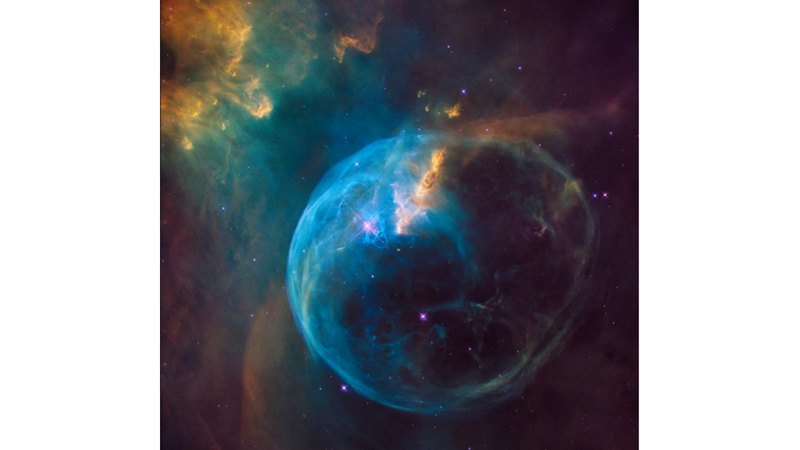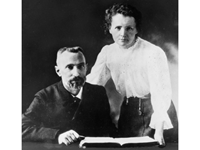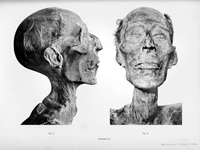The Bubble Nebula is about 7,100 light years from Earth in the constellation Cassiopeia. Discovered by British astronomer William Herschel in 1787, the star is about 4 million years old and about 45 times more massive than our Sun. You can see the star at the 10 o'clock position of the bubble.
Bubble formation is caused by hot gas escaping into space like a "stellar wind" travelling at 4 million miles per hour, sweeping away the cold gas in front of it. You can distinguish gases by the different colours they emit depending on their temperature. Oxygen is hot and emits blue light. The cooler parts emit yellow light from the combination of hydrogen and nitrogen.
Image description:
A light blue, inflating bubble and a small pink star in the upper left of the bubble. Dense columns of cold hydrogen gas covered with dust can be seen in the upper left of the image, and more "fingers" can be seen almost face-to-face behind the translucent bubble. Gas and sparsely scattered stars fill the background with the darkness of space.
Life is like a balloon. Sometimes, you just have to roll with it.


 Nielawore
Nielawore









Yorumlar
aaa bubble30 :3
Yorum yazmak için lütfen giriş yapınız